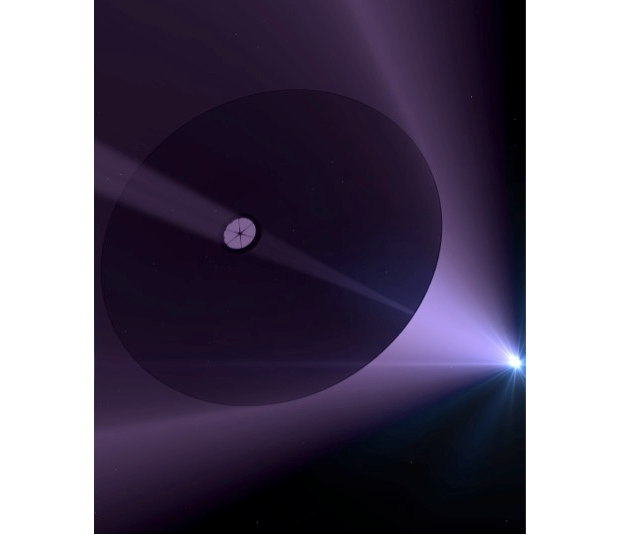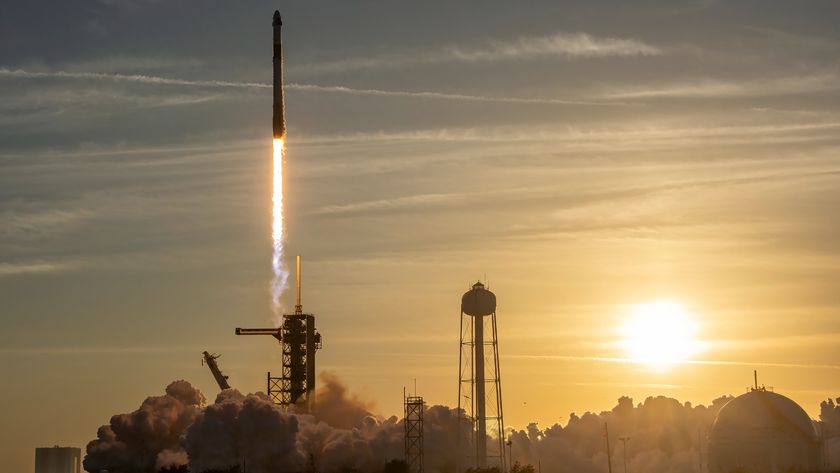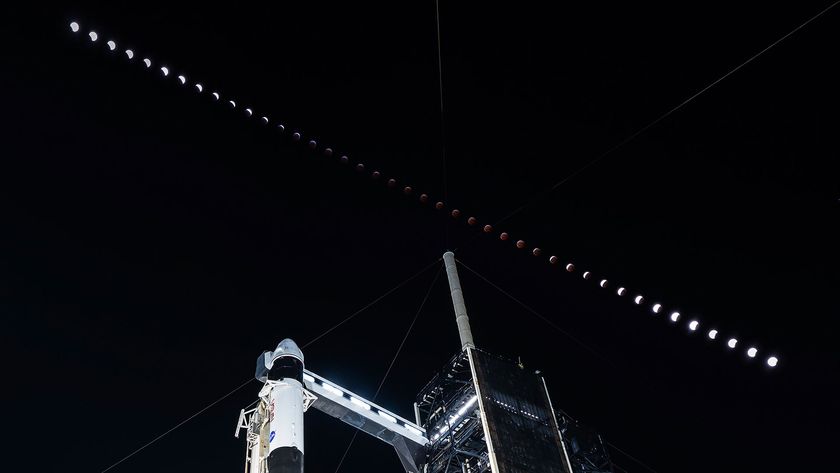
Incredible Technology: How Solar Sails Could Propel the First Starships

Editor's Note: In this weekly series, SPACE.com explores how technology drives space exploration and discovery.
Sail ships might be the spacecraft that first take human technology to distant stars.
Giant sails propelled by the sun's or a laser's energy could be the most viable option for interstellar spaceflight in the not-too-distant future, James Benford, a physicist associated with Icarus Interstellar, a non-profit group devoted to finding a way to travel to another star system, said during a panel at the Starship Congress conference in August.
Large and lightweight sails could allow unmanned probes to travel interstellar distances within a somewhat reasonable time frame, Benford said. [How Interstellar Sailing Works (Infographic)]
Rockets won't do the job "because we haven't gotten fusion yet," Benford said. "Beyond that is antimatter rockets that suffer not only from a very difficult design problem, but the absence of the fuel."
That leaves sail ships. "I would say that I think sail ships are going to be the first starships, because we know how to do it," Benford said.
A solar sail in space works almost like a ship sailing on the seas. Engineers can use photons emitted by a star to both propel and steer a spacecraft.
Get the Space.com Newsletter
Breaking space news, the latest updates on rocket launches, skywatching events and more!
Benford also has been working with laser technology to gather more information about how to propel sails outside the solar system using a "beamer." The structure would use lasers, or perhaps microwaves, directed on the sail to push it ever farther into deep space.
An extremely lightweight 62-mile-wide (100 kilometers) sail unfurled close to the sun could make an interstellar voyage in 1,000 years, said Les Johnson, deputy manager of NASA's Advanced Concepts Office at the space agency's Marshall Space Flight Center in Huntsville, Ala.
"For you and me, 1,000 years is a long time," he said. "But don't forget: There was civilization 1,000 years ago; there was record keeping 1,000 years ago … We don't have the capability of building this today — but if we were [launching a mission], certainly someone would turn on the radio transmitter and listen for the data to come back in 1,000 years."
NASA is planning to launch a spacecraft equipped with the world's largest solar sail in November 2014. The Sunjammer — named for a solar-sailing ship in an Arthur C. Clarke short story — will be used to monitor space weather and to demonstrate how this advanced technology could be used in future missions.
Although it will be the largest at about 124 feet (38 meters) on a side, NASA's Sunjammer won't be the first solar sail to fly in space. In June 2010, Japan's Ikaros probe unfolded its 46-foot-wide (14 m) solar sail and became the first spacecraft to cruise for interplanetary distances using sunlight alone.
Solar sailing isn't new; in fact, it's been around for half a century, Johnson pointed out. "It was first demonstrated in space — that I'm aware of — with the big echo balloons that were inflated in space in the early 1960s by NASA — big, reflective Mylar-type balloons," he said. "And because they were spherical, symmetric, you didn't have any control ability, but essentially, these looked like perfect reflectors."
Follow Miriam Kramer @mirikramerand Google+. Follow us @Spacedotcom, Facebook and Google+. Original article on SPACE.com.
Join our Space Forums to keep talking space on the latest missions, night sky and more! And if you have a news tip, correction or comment, let us know at: community@space.com.

Miriam Kramer joined Space.com as a Staff Writer in December 2012. Since then, she has floated in weightlessness on a zero-gravity flight, felt the pull of 4-Gs in a trainer aircraft and watched rockets soar into space from Florida and Virginia. She also served as Space.com's lead space entertainment reporter, and enjoys all aspects of space news, astronomy and commercial spaceflight. Miriam has also presented space stories during live interviews with Fox News and other TV and radio outlets. She originally hails from Knoxville, Tennessee where she and her family would take trips to dark spots on the outskirts of town to watch meteor showers every year. She loves to travel and one day hopes to see the northern lights in person. Miriam is currently a space reporter with Axios, writing the Axios Space newsletter. You can follow Miriam on Twitter.











